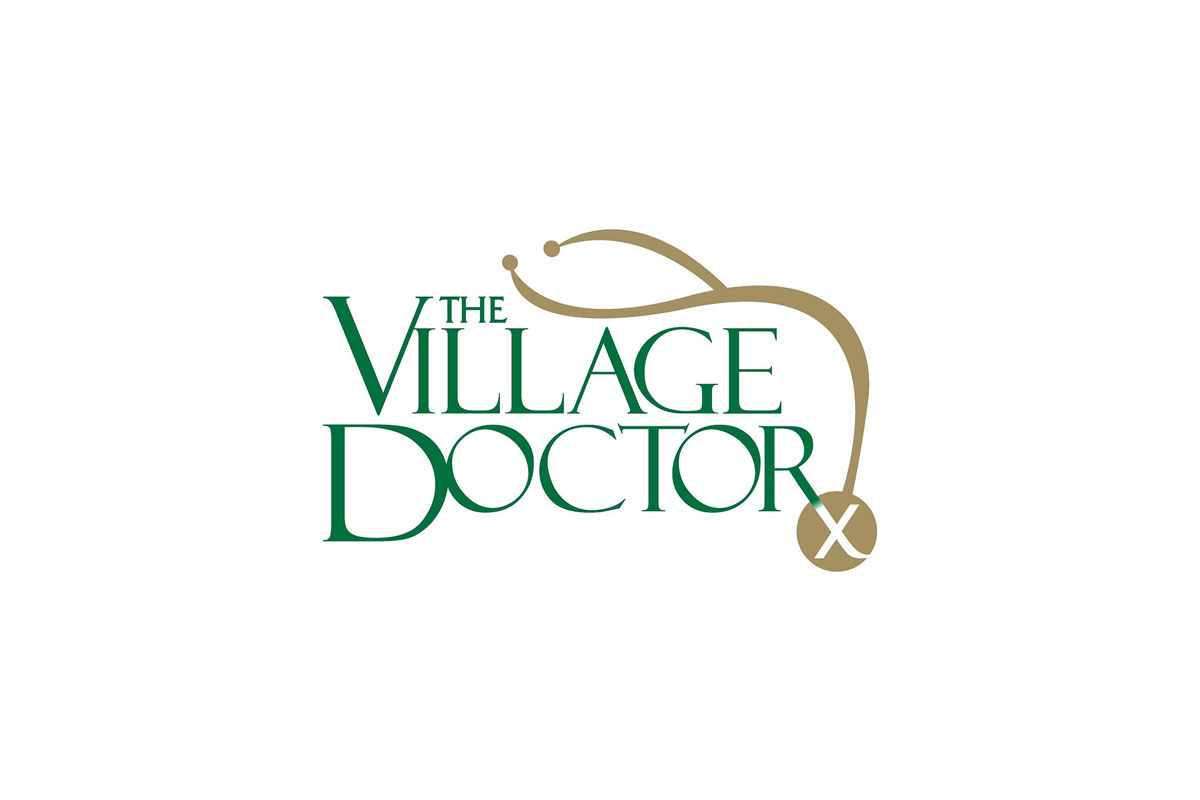How Can We Help?
When can we expect to do everyday things again? (Thoughts from 511 Epidemiologists)
I think it is safe to say as we are well into the COVID 19 pandemic. The changes we have seen as a community worldwide have been epic in proportion and will continue to define this generation. The questions that we face now are related to when is it okay to get on with our lives. If you ask Epidemiologists, the experts on disease modelling and what they would do, here are the answers. For a more in depth review in The New York Times, click here.
When would you get on a plane? Interestingly enough, while the airlines saw a 97% drop in air travel from mid-March to mid-April, air travel has picked up since then and many domestic flights are running near capacity. This reflects people’s individual risk tolerance and less travel that is deemed necessary. As far as the epidemiologists, only 37% would get on a plane within the year. They feel the precautions one can take right now are not adequate protection. One person interviewed said he will wear masks for air travel all the time moving forward. It is not too unreasonable to think this particular aspect of COVID 19, wearing masks, will remain with us well into the future.
For nearer term questions, 56% said they would vacation overnight this summer and 64% would bring in mail without precautions soon. Only 41% would get a haircut this summer.
The majority of the epidemiologists agree that large gatherings are high risk and will be for a long time. Small groups are safer and outdoor gatherings are recommended. They themselves will avoid gathering indoors and only do so with masks in small groups. Large sporting events are high risk as Steve Mooney, from the University of Washington put it, “This is as much about feelings of social responsibility as about personal infection risk. Large-scale gatherings are a contact tracing nightmare and seem like they should be shut down until we have a really good sense of what’s safe/how to screen people.”
One of the biggest questions remains is school openings. Most experts agree that, if possible, schools can open with many precautions in place. The most important being limiting any large gatherings. Most agree that the deleterious effects of delayed and poor distance learning options for early childhood are too large to continue remotely. School openings are very tricky because they are regulated by counties, states and federal agencies and rely on them for funding. “With a young child, I think the developmental risks outweigh the risk of getting sick with Covid”, said John Nelson with Precision for Medicine.
Finally, hugs and handshakes: most of the epidemiologists in the article say they will not be doing either for a very long time at least until a vaccine is proven effective. Only 42% said they would resume in one year. “I think the handshake is dead. I would likely hug one of a few personal contacts in the distant future as a greeting where appropriate”, said Priyanka Gogna, of Queen’s University.
The world has changed and will be different for a long time. The old normal is likely gone forever, and our new, healthy habits will take time to learn. As individuals, we can follow the guidelines presented by the scientists if we choose for our collective health and safety. But we have seen that personal agency is a strong motivator for Americans, let us hope we make smart choices as we learn more over the coming years.
(Prerana Sangani, MD, June 15, 2020)


